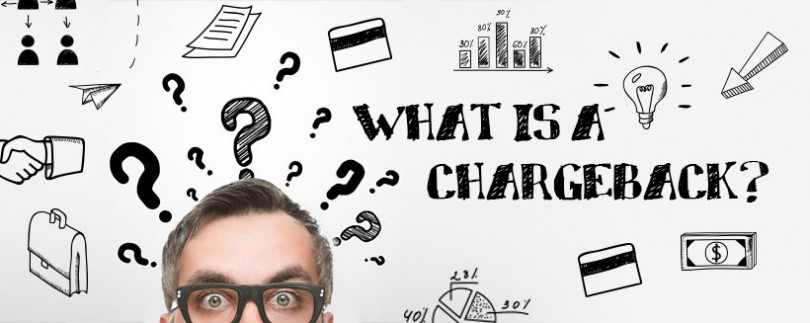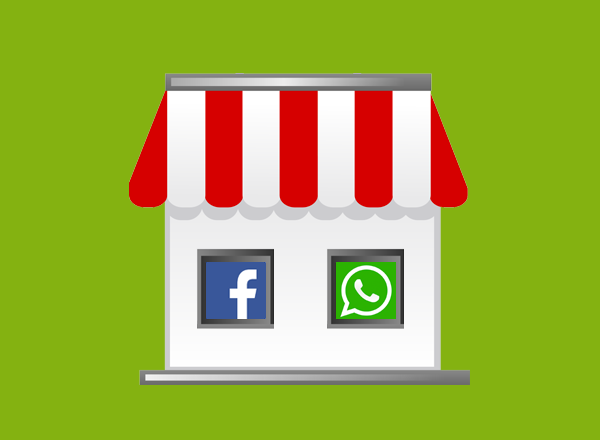 Have you ever tried making a payment online and the amount did not get credited? I am sure you must be worried that you might never get the money back?
Have you ever tried making a payment online and the amount did not get credited? I am sure you must be worried that you might never get the money back?
Being a startup or an entrepreneur with an online store, you must surely be worried about the chances of encountering fraudulent transactions, charge backs and crimes that could possibly be happening during online payment collection via a payment gateway. As intimidating as it may seem, you can surely keep them in control by integrating some simple guidelines/check list into your existing selling cycle. Let us first understand charge backs before knowing more about these guidelines.
What is a Chargeback?
Being a startup/entrepreneur you are always looking for regular orders that would help you achieve your milestones and take your business to the next level. Let us suppose that you get a big order that you were trying since long. You are very happy and excited to fulfill the order. You get the order completed and get it delivered to the customer. Now you are eagerly awaiting the receipt of the payment. But then, suddenly you get an email from the payment gateway team stating that the customer has asked for a refund. You have experienced what is called a “Charge Back”.
Any customer who does a transaction through a credit card can claim a refund of the charged amount from the bank up to a certain period of time. Charge back is the term used for such a claim request. Whenever a charge back is claimed, the customer’s bank informs the payment gateway provider which in turn notifies you.
How does it affect me?
Getting charge backed regularly decreases your credibility as a store owner. Also, each time you are charge backed, your transactions are put on hold. This is done till the time the amount charged back is recovered from your current transactions or you are able to prove otherwise, whichever is earlier.
Why would someone charge me back?
A customer can claim a charge back for many reasons like:
– The goods are not delivered
– The goods are not delivered in the specified time period
– The product has been delivered but it is defective
– The product has been delivered but it is broken due to transit damage
– The product is not as per the specifications mentioned
– Fraudulent transaction from customer’s card.
How to avoid a chargeback?
Prevention is better than cure! It is always better to avoid a charge back than fight one with your payment gateway provider and your valuable customer.
You can avoid charge back by following these simple steps:
- Prompt customer service
Remember when a customer is not satisfied with your product/service, they are likely to reach out to you before raising a claim or chargeback request. Make sure you have a strong and prompt support system to address customer queries on time so that they don’t feel cheated by your online business. Always acknowledge their concerns and do a quick follow up to resolve their issues at the earliest. It is also advisable to request customers to contact their customer care in case of any queries. The customer care number or e-mail should be specified in all communications pre and post order. This will give you an opportunity to resolve the problem beforehand and avoid chargeback.
It will also improve your credibility and avoid negative word of mouth. You can also use your social media presence to resolve queries of your customers.
2. Keep a record of transactions
It is advisable to keep a record of all orders, invoices and proof of delivery for at least 6 months. This will both work as a reference and also as a proof to resolve a charge back request that is triggered by the customer. The records of proof of delivery will help you defend yourself from claims raised for undelivered products.
3. Terms and Conditions
The terms and conditions are one of the most important piece of information in your product page. You should have a clearly defined return policy. You should try to accommodate most of the cases that can occur and the terms and conditions associated with it. This will serve as a future reference for claim resolution. It will also avoid fraudulent claims.
4. Product Description
The product description should be as accurate as possible. Do not over promise in order to sell. Clearly specify the description to the best of your knowledge. Ask customers to contact you before ordering in case they require more information or clarity about the product. This will help avoid future claims and chargebacks. It is advisable to give a call to the customer after receiving critical orders.
What happens when a chargeback is claimed?
As soon as a customer claims a charge back, the customer’s bank issues a request to your payment gateway provider.
-The payment gateway provider will notify you about the claim request.
– The payment gateway provider will ask you to provide the proof of delivery of product/service.
– If you haven’t delivered the product, you can refund the customer’s money from your payment gateway dashboard and inform accordingly.
– Suppose a charge back of Rs. 1000 is raised, then the payment gateway will deduct that amount from your next transactions until the entire amount is covered.
– Once you provide all the necessary proof of delivery for your products, your payment gateway provider will take the process on your behalf and you can start receiving full payments through your gateway.
Can there be any other claims of refund other than chargeback?
Yes, even those transactions done through Debit card and Net banking can be claimed against the store owner by a customer. The customer can directly go the payment gateway and raise a charge against the store owner under any of the reasons already mentioned above. The resolution process in this case remains the same as that of a chargeback and you will be asked to provide a proof of delivery of the product.
How often are chargebacks claimed?
Due to the implementation of 3D secure by RBI, the chances of fraudulent transaction are greatly reduced. Thus, it also reduces the chances of chargebacks being claimed as purchases have to be authorized by the customer for the transactions to take place. This leaves the product and delivery related issues. These issues cannot be predicted but surely avoided via better communication between you and your customer.
Does the payment gateway provider protect me from fraudulent transactions?
Payment gateways in India follow PCI DSS version 2.0 standards that prescribes high security protocols to safeguard you from fraudulent transactions. They also implement Risk Management Systems in their servers to handle fraudulent transactions occurring through invalid cards, known suspicious IP addresses, spam E mail IDs, etc.
In some cases, where the payment gateway team feels there is risk in the transaction that has taken place on your store, they request you to provide your customer’s identity proof. This is an additional security measure to protect your business from fraudsters.
We hope this clears off some of your doubts regarding payment gateway risks. If you feel suspicious of any transaction at any point of time, you can always reach out to your payment gateway support team or to our support team to help you with the same.
Check out how we resolve claims at PayU :



Leave a Comment